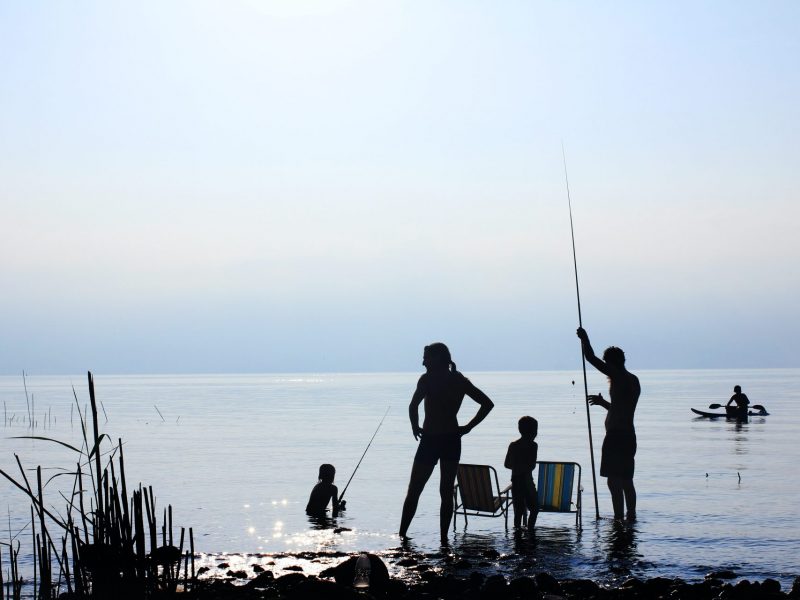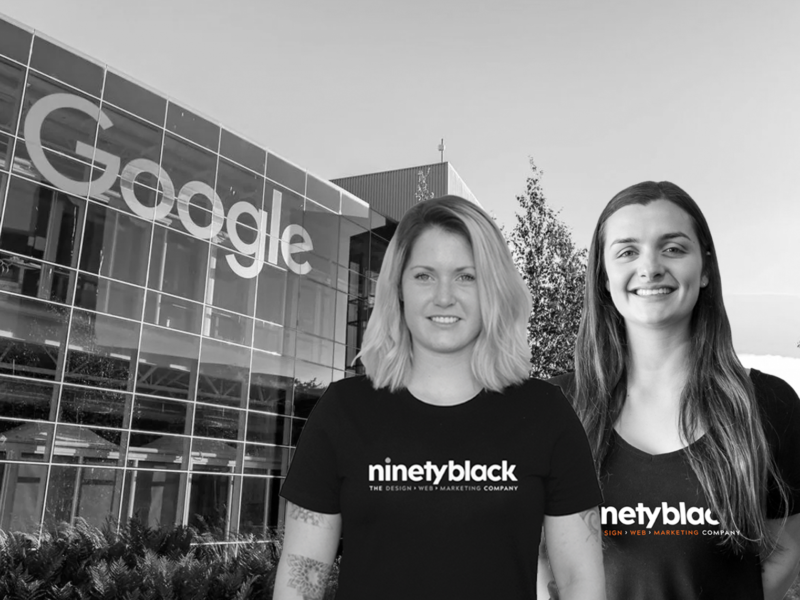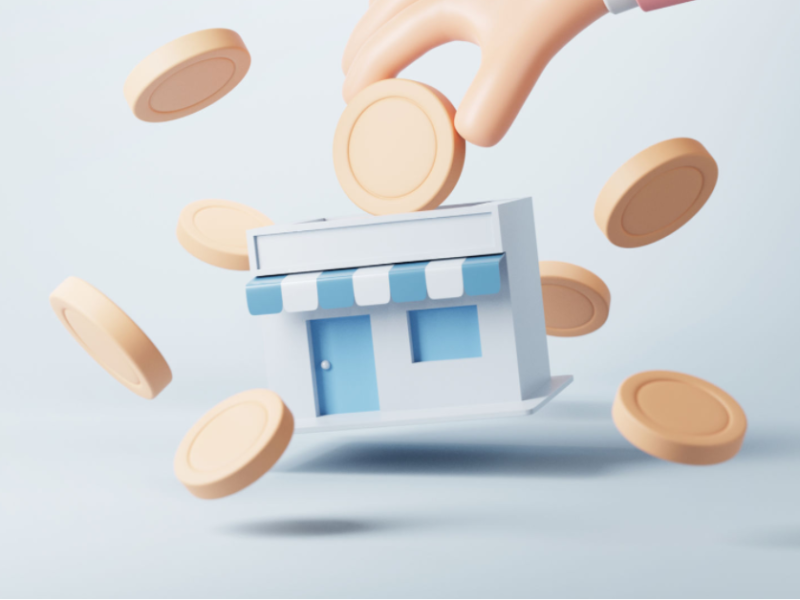Tourism In NZ Post COVID-19
April 9, 2020

Author: Jo Lee
Reading Time: 5 minutes
What does the domestic traveller look like and how do you get them?
The uncertainty of our situation is confounding, with business owners stripped of most planning and decision-making ability. I heard the perfect analogy for our predicament – we’re building the plane as we’re flying it. For the most part, all we can do is feel our way…
But there are some things we can plan for, and there are some assumptions we can also be pretty sure of. Which is enough for now, if you’re trying to look at the 6-month road ahead.
- Business activity will resume post lockdown. Its form may change for some of us and the environment we operate in may be drip fed. That is, we could leave lockdown still in an alert level that restricts us, we could leave lockdown and the government steps alert levels down region by region (depending on active cases and assessed risk). Those scenarios, we can plan for.
- There is likely to be zero or very little international tourism in 2020. We’re not just waiting for the miracle vaccine; we’re waiting for the rest of the world to sort itself out before we’ll let anybody come in. This means our short-term focus is domestic.
So, what do we know about the domestic traveller?
- They’ve been cooped up for 4 weeks (or more?). They’re likely already dreaming and researching about where they want to get away to and how they want to spend their time.
- For some, discretionary spend has decreased. Not everyone’s world has turned upside down, but there’s no doubt about it – we’re in an economic downturn.
But here’s some compelling stats to lift your spirits: According to the NZ Herald, the average New Zealander spends $4577 on an international trip. In 2018, Stuff reported that New Zealanders took 2.9 million trips overseas; 1.2 million of those trips were to go on holiday, 1 million were to visit family and friends. So how much is now not leaving the country in the next 12 months? Just over $10 billion. So even if economic downturn has tightened some belts, you have a captive audience of people who have nowhere else to go but here, with a significant pool of money that many are desperate to spend. Why desperate? Because we’re human and we’ve just been through a stressful lockdown, we want to reward ourselves now – we deserve it.
When we have full freedom to move and travel as we please – cautionary spending, work demands, possible lack of annual leave, and residual concerns around health and safety, means we’ll be enjoying short trips; day trips or a weekend away, and short-burst breaks like long weekends. This is where we are going and how long we are going for.
So as a tourism operator – how do you plan for that?
You adapt. You streamline. You innovate. If your head is back in the game and you want this business of yours more than ever, then your focus and strategy is long term. Accept that this might be a slow climb out and you’re going to have some pain points. No one in this sector gets to bounce back immediately from something like this.
Ways your business might look different;
- You only open 3-4 days per week. You don’t have to be operational 24/7, you only have to make your operation accessible to the new-look domestic traveller (long weekend window).
- You don’t have has many staff as you used to. You won’t need to. You need to operate a skeleton crew without compromising the experience, even if it means you’re the one getting your hands dirty and pulling the long hours. Further, domestic travellers don’t need those pick-ups/drop-offs/free transfers, they have their own vehicles – streamline your operation as much as you can.
- You’re cheaper. You’ve reduced your costs, now reduce your rates. Make your business affordable so you have more through your door, rather than trying to charge pre-COVID rates to New Zealand customers – they can’t afford it. You’re likely to make more on the former than the latter approach. PLUS, more positive experiences = more reviews = your business going viral in NZ and maintaining ranks on Tripadvisor. Please the many, not the few.
It is refreshing to hear that I’m not the only one who shares this view. Brook Sabin, writing for Stuff on April, 08 2020 comments, in relation to the expense of holidaying in New Zealand “For most Kiwis, the cost was laughable… A seismic shift needs to happen if the tourism sector is to adapt to Kiwi travellers”.
With the long-enjoyed luxury of the international traveller’s dollar, NZ has slowly priced its own people out. We can no longer enjoy our own backyard and do the fun activities other visitors to our country enjoy. This is our chance to reset, but it requires everyone in the chain to make this happen.
- You differentiate your product/service. This is where you might have to innovate and look at your competencies and assets. You may not be able to cram the ‘international tourist’ activity into the ‘domestic traveller’ box. Are there opportunities here to differentiate your offer to better suit the new face? If your business doesn’t appeal to a kiwi, work out a model that does. You may have strengths that can be adapted to deliver something different (in the short term), the way businesses in the pandemic re-purposed their staff and machinery to make face shields and hand sanitiser. Get creative!
- You collaborate. Your direct competitor may soon be your business partner. There may be synergies with other operators; sharing ground staff to cover different operational days, sharing marketing managers. Build competitive packages or 2 to 3-day itineraries for easy consumer shopping and decision-making, and to help keep set days busy. Lean on your RTO.
- You keep marketing. But you overhaul your marketing strategy and get damn savvy with spend and tactics. Negotiate with your suppliers – they’re likely to need your business as much as you need them. You’ve got to keep your face out there because you’re operating in a competitive environment with a much smaller buyer pool, but there are creative ways to do this, and digital is going to have to be one of your first stops – it’s instant, measurable, adaptable, and cost effective.
I’m not naive. I get that not all business models or large-scale operations can make a strategy like this work. There is no one quick fix or one size fits all solution for the problems many are facing. But NZ tourism encompasses many small to medium sized, often owner-operator businesses who could adapt a short-term strategy like this to keep themselves ticking until we can open our borders completely, and until the international tourists can afford to holiday again.
So then what? We’re still operating and planning in 3-monthly bites.
The caution will ease, it’s likely a vaccine will be in place, and domestic flights will commence. New Zealanders will begin to take longer trips again – we’ve got Christmas/Summer holidays on our horizon remember! The momentum will build, and with that you will be able to tinker with your business model to meet each period of growth and change.
Vaccine delivery places another huge question mark over our situation that could drastically change our outlook. How will this be delivered? Enforced? Voluntary? How the government manages this one aspect could be the key to how quickly New Zealand gets back on its feet in terms of our borders. If you make vaccination compulsory in New Zealand – open up the borders. It doesn’t matter who comes in now, we’re protected. If it’s voluntary, but we have strict entry regulations at the border (compulsory vaccination for visitors) then depending on the rest of world’s approach to vaccination, it could mean a flood or a trickle.
No business owner or manager likes to operate in the fog. But that is the realty we are stuck with. For now, there are things you can plan for in preparation for the domestic forecast. So, what are you waiting for… get going!




